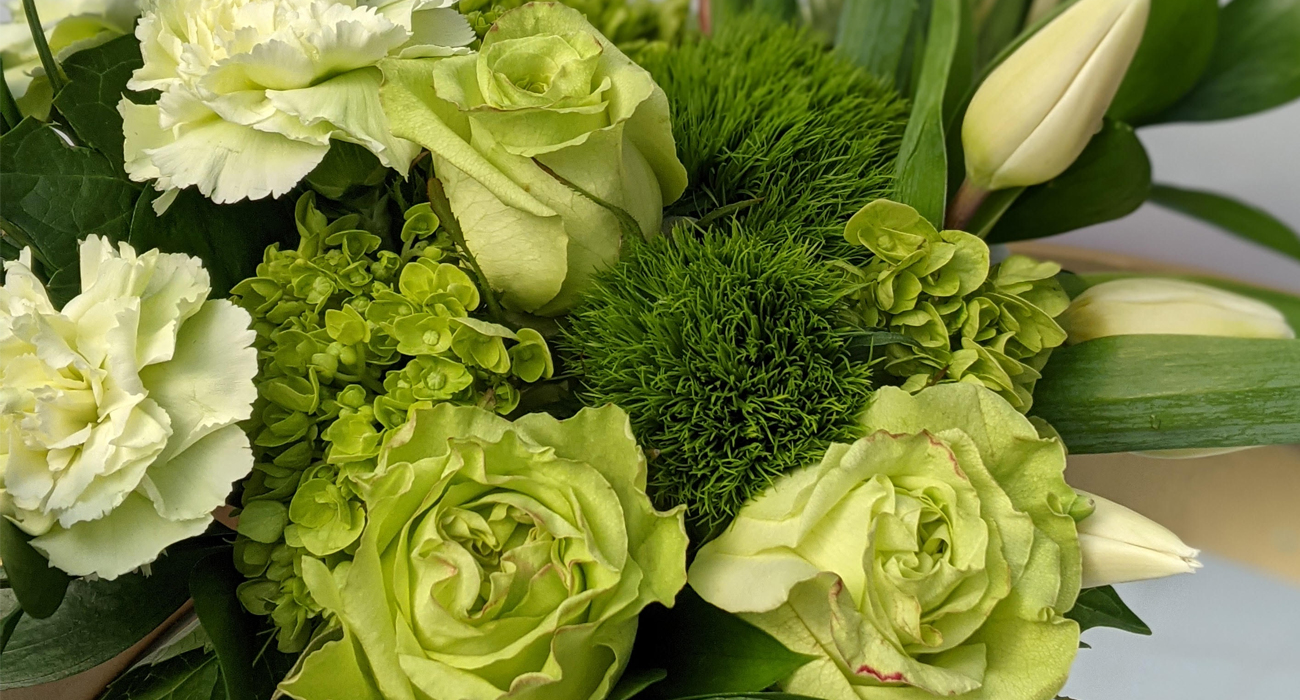
The Language of Flowers
By Sarah Whiton
If you've ever sent flowers to a budding romantic interest, you may have questioned whether to send red roses, pink roses, yellow roses (or no roses!) lest they be interpreted to say something you're not trying to say... While many might laugh at this dilemma and say something like "Flowers are flowers! Just send what's beautiful!" there is some history behind exactly this quandary.
Flower symbology has been recognized for centuries and can be spotted in works from Ancient Greece, Shakespeare, and folklore from various cultures. More recently, it became a popular practice during the Victorian age. It is said that most homes during this period had close at hand a book to decipher this secret language. Bouquets, plants and individual stems of flowers were used to convey messages and feelings that couldn't be spoken. For example, one might send a bouquet of white daisies and pink roses to wish a friend hope and happiness, send tulips to a lover, symbolizing passion, or gift a geranium plant for true friendship. Today, you could consider practicing flower symbolism when you send cut flower bouquets, planting your garden, or selecting flowers for your bridal bouquet!
With Saint Patrick's Day around the corner, and with feelings of spring and good luck on many of our minds, we at Farmhouse Floral thought it might be fun to look into a few of the flowers in our seasonal Saint Patrick's Day arrangement for what special meanings they might hold!
- Green Hydrangea: Prosperity and good fortune
- Queen Anne's Lace: Sanctuary
- Green Roses: Cheerfulness and excitement for new beginnings
- Green Mums: Youthfulness and good health
- Carnations: Purity and luck
- Tulips: Charity
On top of that, the color green itself is representative of good luck, health and abundance!
In the end, whether or not you choose to send a secret message with your flowers, the truth is that flowers are beautiful and should be spread widely and enjoyed fully!
"Flowers are the music of the ground, spoken from earth's lips without sound." - Edwin Curran